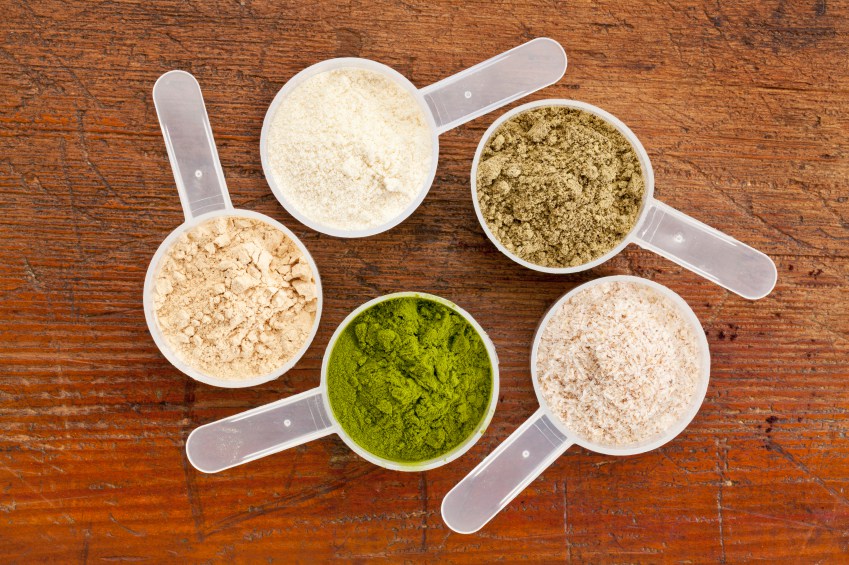HIIT: What is it?
/And is it really the best fat burning workout?
If you follow the fitness industry, you’ve probably heard of the benefits of HIIT (or High Intensity Interval Training).
The short, yet powerful workouts are touted as the best way to improve your overall conditioning, burn fat, and even balance hormones! (but that’s another article!)
So, what is HIIT anyway?
HIIT workouts involve working at an intense effort level for a short period of time followed by short recovery periods.
Tabata workouts are one great example of a HIIT style workout.
A Tabata session involves 20 seconds of intense all-out effort, followed by 10 seconds of recovery. This is repeated 8 times through for a workout total of 4 minutes only and is said to promote fat loss and increase aerobic power - all in a very short period of time.
Seems a little too good to be true...
But, is HIIT really all it’s cracked up to be? And does it actually burn fat or is that just a myth?
When it comes to the research, the answer is YES!
One study compared MICT (Moderate Intensity Continuous Training) vs. HIIT and the effects that it had on visceral abdominal fat. The study found that both types of training reduced overall body fat; however HIIT did this in half the time. Half the time!! [1]
Another study from the International Journal of Obesity compared 2 groups of exercisers to determine the benefits of HIIT for women. [2]
The women were divided into two groups: the first group did 40 minutes of steady state aerobic exercise for 15 weeks. The second group did 8 second sprints followed by 12 seconds of recovery for 20 minutes.
The results of the HIIT study?
HIIT participants lost up to 7.3lbs and the steady state exercisers gained up to 2.7lbs. HIIT participants also saw significant reduction in overall body fat as well as subcutaneous abdominal fat - the is the fat just beneath your skin.
Other key benefits of HIIT
● Reduces fasting insulin levels and decreases risk for Type 2 Diabetes and heart disease
● It significantly improves your cardiovascular fitness. The International Journal of Obesity Study also found that HIIT participants improved their VO2 max (aerobic power) by up to 23% [2]
● It balances your hormones! Research shows that high intensity exercise boosts Human Growth Hormone (HGH), which is a powerful anti-aging hormone that helps us maintain lean muscle mass (think revved up metabolism!) AND bone density, which reduces risk of osteoporosis. [3]
● It’s easy to fit into a busy lifestyle since it doesn’t take a lot of time.
● They’re portable. You can get an effective HIIT workout using minimal or no equipment whatsoever which makes it great for staying in shape while you’re on the road.
How often should you do HIIT workouts to achieve these results?
HIIT workouts do have a lot of benefits, and it has been documented that they only need to be done 2-3 times a week.
But, because they require such a high level of effort, they can put more strain on your joints, thus increasing your risk of injury if done too frequently.
This 15-minute bodyweight HIIT workout “recipe” is a great way to burn fat and stay fit when you’re tight for time and space.
The Workout “Recipe”:
1) Jump Squats (beginners can do a regular bodyweight squat without the jump)
2) Push-ups (beginners can start from their knees)
3) Jumping Jacks
4) Burpees
How to perform
Beginners: Do 30 seconds of each exercise followed by 30 seconds of rest. If needed, modify the jump squat to a basic body weight squat (no jump). Pushups can also be modified by performing from knees rather than toes.
Once you’ve completed all 4 exercises, rest for 1-2 minutes. Repeat for 2-3 sets total.
Intermediate: Do 40 seconds of each exercise followed by 20 seconds of rest. Once you’ve completed all 4 exercises, rest for 1 minute to 90 seconds. Then repeat for 3 sets total.
Advanced: Do 50 seconds of each exercise followed by 10 seconds of rest. Once you’ve completed all 4 exercises, rest for 1 minute and repeat for 3 sets total.
REFERENCES
[1] https://www.ncbi.nlm.nih.gov/pmc/articles/PMC5237463/


























 I am often talking to my clients about fitness and healthy living as they relate to “REAL LIFE”
I am often talking to my clients about fitness and healthy living as they relate to “REAL LIFE”